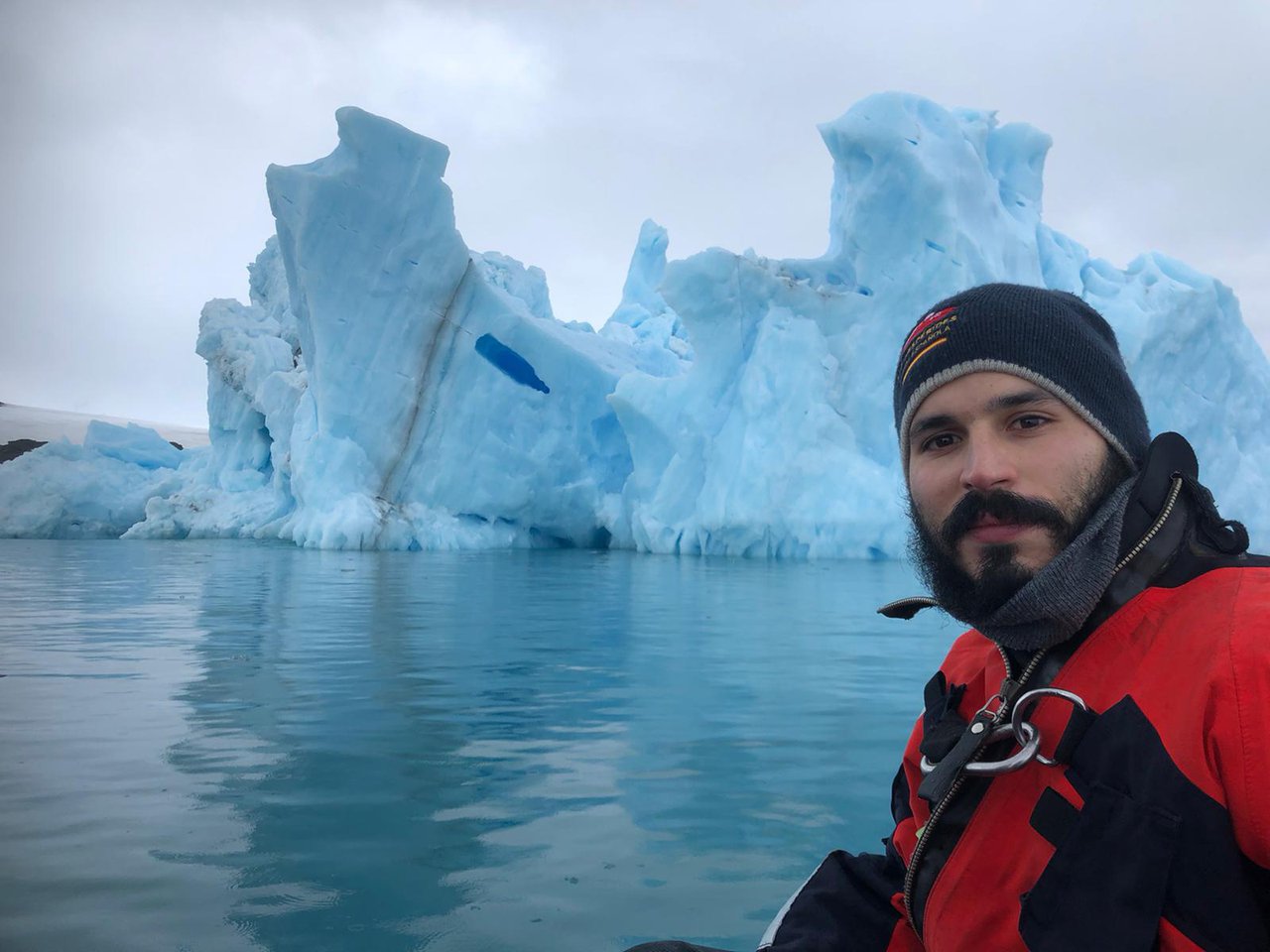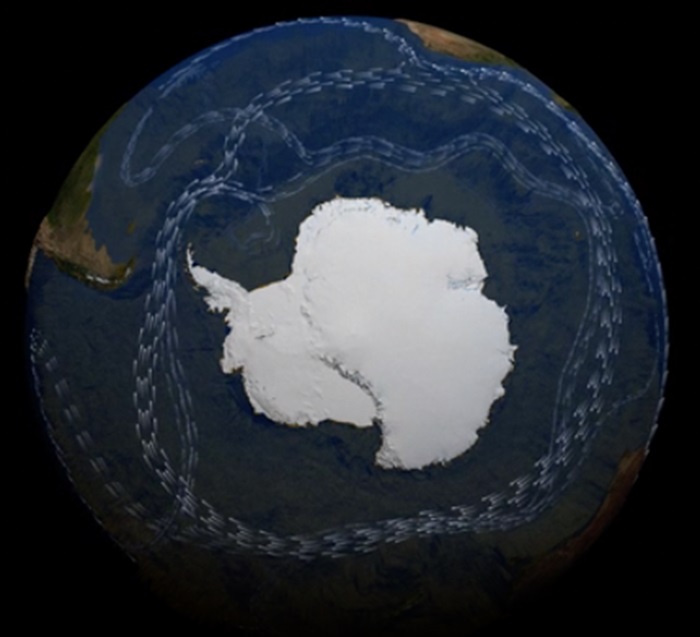
Greek scientist Dr. Dimitris Evangelinos and his team at Imperial College London discovered that the largest and strongest ocean current on Earth didn’t start flowing until 10 million years ago.
The discovery sheds light on the ancient history of our planet’s oceans and challenges our previous understanding of the Antarctic Circumpolar Current (ACC), which was believed to be over 30 million years old.
The ACC, which acts as an ‘engine’ by regulating our planet’s climate and temperature, was thought to be a key player in cooling Antarctica and building up its ice sheet around 34 million years ago.

But the new findings challenge this theory and completely change our understanding of how Antarctica’s ice sheet developed in the past, and what this might mean for the future as the climate changes.
First author Dr Dimitrios Evangelinos, from the Department of Earth Science and Engineering (ESE) at Imperial, said:
“Our findings fundamentally change how we view the interplay between this giant ocean current and Antarctica’s ice sheets throughout Earth’s history. As we face today’s climate challenges, understanding this interaction becomes more crucial than ever.”
The study, published in Nature Geoscience, was led by an international team involving researchers in the UK, Spain and France.
Like an engine powering our oceans’ circulation, the ACC stands as the largest current on Earth, connecting the Atlantic, Pacific, and Indian Oceans. In this way, the ACC helps transport heat, moisture, carbon, and nutrients between the Southern Ocean and other parts of the world, impacting atmospheric CO2 levels and global climate.
But despite its important role in shaping global climate, the origin of the ACC has fueled debate for over 40 years.
To understand when and how the ACC developed, researchers looked at the chemical composition of fossil fish teeth collected from sediments at the bottom of the Southern Ocean.
The chemistry of fossil fish teeth together with measurements of sediment grain size shed light on past oceanic conditions and offered clues about changes in ocean circulation patterns and environmental dynamics.
This approach allowed researchers to trace the ACC’s development, pinpointing the time when it became a continuous, deep, and strong current akin to its modern form.
Greek scientist and his team unraveled the largest ocean current
The findings suggest that it was the opening and deepening of certain ocean pathways known as the Southern Ocean Gateways that set the stage for a big ocean current around Antarctica.
But what really led to the development of the ACC as we know it today were changes in seawater density and stronger winds in the Southern Ocean. These changes were caused by the ice formed in Antarctica when the planet cooled down during the Middle Miocene Climatic Transition (MMCT) around 14 million years ago.
“What we have found is that the Antarctic Circumpolar Current didn’t cause the cooling period around 34 million years ago, as previously thought – Antarctic glaciation actually caused the initiation of the current,” explained Dr Dimitrios Evangelinos.
Next, the international team will be investigating the interactions between the Antarctic Circumpolar Current and the East Antarctic Ice sheet over the past 14 million years.
See all the latest news from Greece and the world at Greekreporter.com. Contact our newsroom to report an update or send your story, photos and videos. Follow GR on Google News and subscribe here to our daily email!



